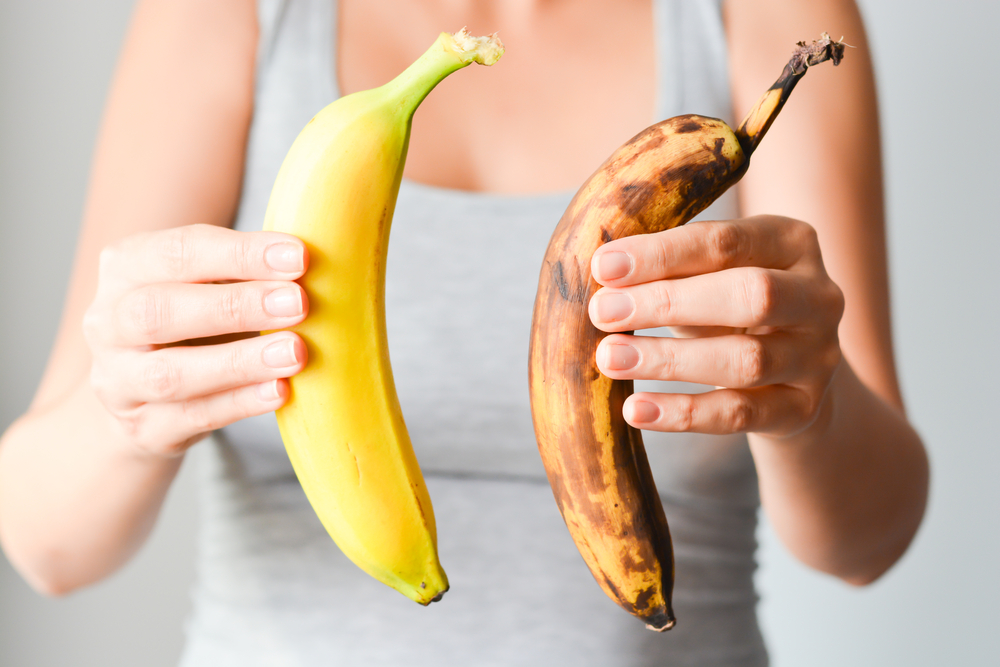
Bananas are one of the world’s most familiar and accessible fruits, but new research suggests they may hold properties far more powerful than their reputation as a convenient snack. Scientists studying the natural compounds within bananas have discovered that as the fruit ripens, it undergoes a complex chemical transformation that may contribute to cancer prevention. In particular, studies show that the starches, antioxidants, and natural proteins in bananas could help the body reduce the risk of certain cancers, including those that affect the upper digestive tract. What began as a simple nutritional curiosity has evolved into a significant area of scientific inquiry, bridging the fields of nutrition, microbiology, and oncology.
The growing body of evidence around the banana’s biochemical behavior paints an intriguing picture of how simple dietary choices influence human health. A 20-year international study known as the CAPP2 trial, led by researchers from Newcastle and Leeds Universities, revealed that resistant starch found in unripe bananas could lower the risk of several cancers by more than 60 percent among people genetically predisposed to cancer. Meanwhile, laboratory research from Japan and other countries has shown that overripe bananas, often overlooked or discarded, contain heightened levels of certain immune-related compounds that may help the body identify and destroy abnormal cells. These findings do not suggest that bananas are a cure, but they do highlight the complex and often underestimated role of food in disease prevention.
The Science of Ripening and Resistant Starch
The transformation of a banana from green to yellow to brown is not simply a matter of appearance. Inside the fruit, complex biochemical reactions alter its composition in ways that have a direct impact on digestion and metabolism. When a banana is still green, much of its carbohydrate content exists as resistant starch, a unique type of starch that is not digested in the small intestine. Instead, it passes into the large intestine where it becomes food for beneficial gut bacteria. This process, known as fermentation, produces short-chain fatty acids that help reduce inflammation, stabilize blood sugar, and improve the health of the intestinal lining.
The CAPP2 study provided one of the strongest demonstrations of resistant starch’s potential health benefits. Conducted over two decades and involving nearly 1,000 participants with Lynch syndrome, a hereditary condition that increases cancer risk, the research tracked the long-term effects of daily resistant starch consumption.

Participants consumed around 30 grams of resistant starch per day, equivalent to the starch in one slightly green banana. Initially, the results appeared modest, with no significant difference in colorectal cancer rates. However, when researchers examined the data years later, they found something remarkable. Those who had taken resistant starch showed a more than 50 percent reduction in cancers of the upper gastrointestinal tract, including the stomach, pancreas, bile ducts, and small intestine.
The protective effect was unexpected and persisted for a decade after participants stopped taking the supplement. Scientists hypothesize that resistant starch alters bile acid metabolism in the gut, reducing the production of compounds that can damage DNA and lead to cancer formation. Professor John Mathers of Newcastle University, one of the study’s lead authors, explained that this mechanism may explain the dramatic reduction in upper GI cancers, which are typically difficult to detect early and often have poor prognoses.
Overripe Bananas and the Discovery of Tumor Necrosis Factor
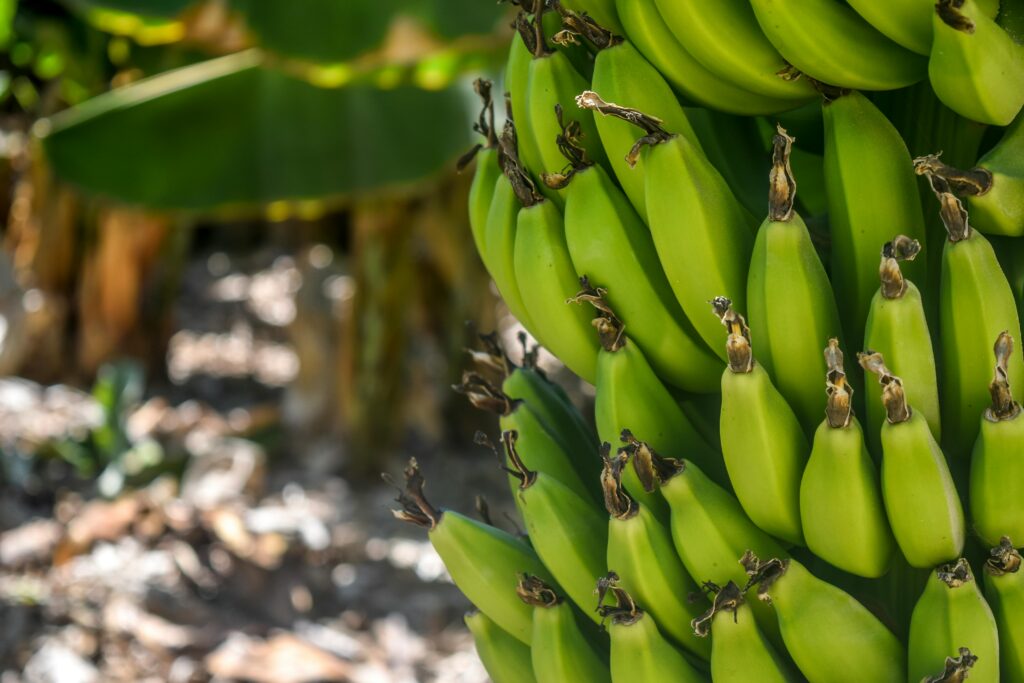
While green bananas are valuable for their resistant starch, overripe bananas reveal a different set of benefits as they age. As the fruit ripens, starches gradually break down into simple sugars, softening the texture and intensifying sweetness. Alongside this visible change, overripe bananas begin producing bioactive molecules, including antioxidants and a natural protein known as tumor necrosis factor, or TNF. This protein plays a key role in the body’s immune defense, helping to identify and destroy cells that show early signs of becoming cancerous.
Research by Japanese scientists Masatoshi Yamazaki and Haruyo Iwasawa demonstrated that TNF levels are significantly higher in bananas covered with brown spots than in firm yellow ones. In controlled animal studies, TNF-rich banana extracts were shown to stimulate the immune system and inhibit tumor growth. The researchers concluded that overripe bananas could potentially enhance the body’s natural cancer-fighting response, though they cautioned that more human studies are needed to confirm these effects.
The rise in antioxidant content during the ripening process also contributes to the banana’s potential cancer-preventive qualities. As the peel darkens, levels of compounds such as dopamine, catechins, and polyphenols increase, helping neutralize unstable molecules called free radicals. These free radicals can damage cell DNA and accelerate the mutations that lead to cancer. While antioxidants are not a direct treatment, maintaining sufficient levels in the body supports cellular health and reduces oxidative stress, which is a major driver of chronic disease.
Gut Microbiome and Cancer Prevention
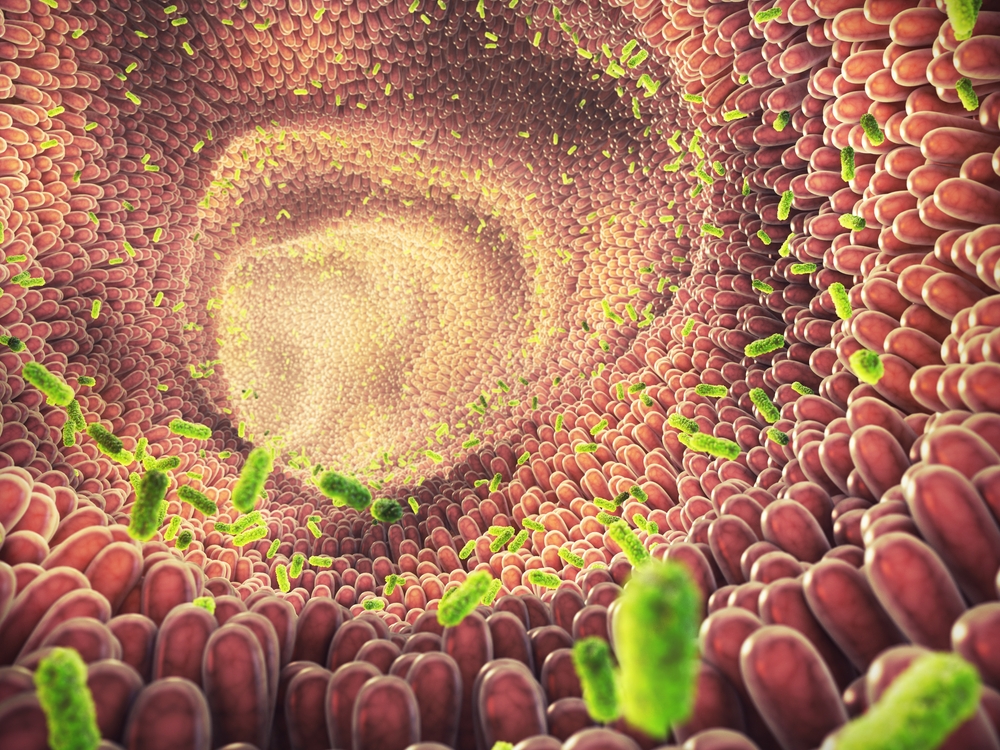
One of the most fascinating aspects of the banana’s potential lies in its influence on the gut microbiome, the vast community of microorganisms that live in the digestive tract. The resistant starch in unripe bananas acts as a prebiotic, feeding beneficial bacteria such as Bifidobacterium and Lactobacillus. When these bacteria thrive, they produce short-chain fatty acids like butyrate, which have been linked to reduced inflammation, improved immune regulation, and decreased risk of cancer in the colon and other organs.
The CAPP2 study’s long-term results may be explained by this microbial shift. Even after participants stopped consuming resistant starch, their gut bacteria likely maintained a healthier balance, continuing to produce protective compounds. This durable change could explain why the reduction in upper GI cancers persisted for years beyond the active treatment period. In this way, bananas do not act as medicine in the conventional sense but rather as an environmental influence, shaping the body’s internal ecosystem to favor long-term health.
Modern research increasingly supports this view of food as a modulator of biological systems. The relationship between diet, microbiota, and disease risk has become one of the most active areas of biomedical research. Resistant starch from bananas, oats, and legumes represents just one example of how dietary components can influence gene expression, immune responses, and metabolic pathways in subtle yet powerful ways.
Traditional Wisdom Meets Modern Science
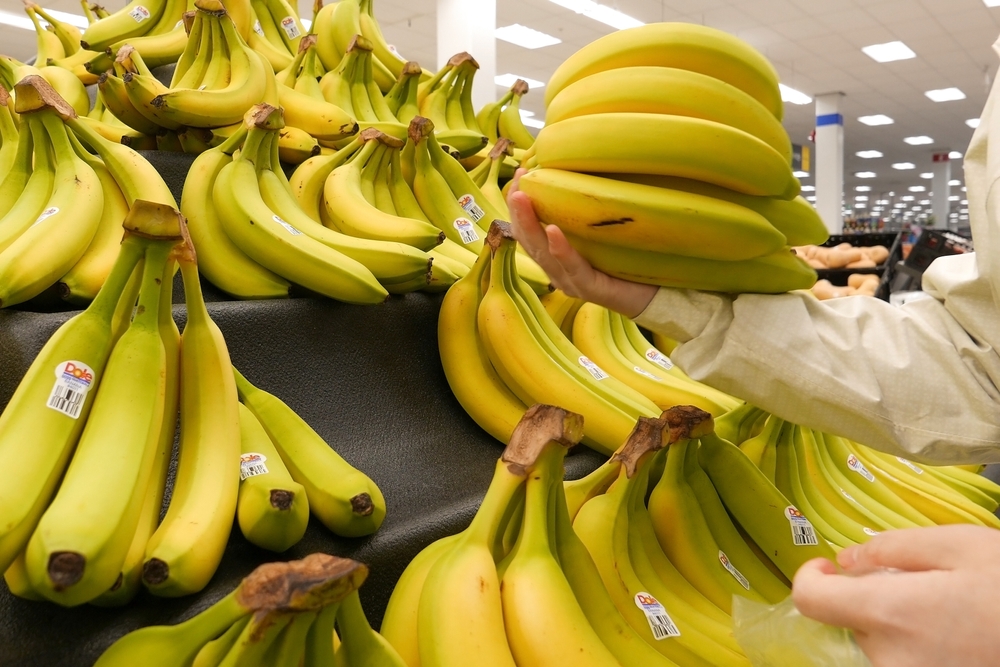
Long before these modern studies, bananas were already valued in traditional medicine across Africa, South Asia, and Central America. Healers used different parts of the banana plant, including the fruit, flowers, and peel, to treat ulcers, infections, and high blood pressure. Scientific studies are now beginning to validate some of these historical uses. Laboratory experiments have shown that extracts from banana flowers can inhibit the growth of cervical cancer cells, while peel extracts appear to suppress liver and colon tumor cell lines.
Bananas also contain a variety of bioactive compounds that contribute to overall health. Their high potassium content helps regulate blood pressure and supports heart function, while the presence of lectin, a naturally occurring protein, has been shown to inhibit the growth of leukemia cells in laboratory settings. These findings underscore that the banana’s health effects extend beyond any single nutrient or compound. Rather, it is the combination of resistant starch, fiber, antioxidants, and micronutrients working in concert that contributes to its protective potential.
Still, scientists caution against overinterpreting these results. The protective effects observed in studies like CAPP2 apply primarily to populations with specific genetic conditions such as Lynch syndrome. While the general public can certainly benefit from including bananas in a balanced diet, it is important to view them as part of a broader pattern of healthy eating rather than as a standalone preventive measure.
The Balance Between Promise and Caution
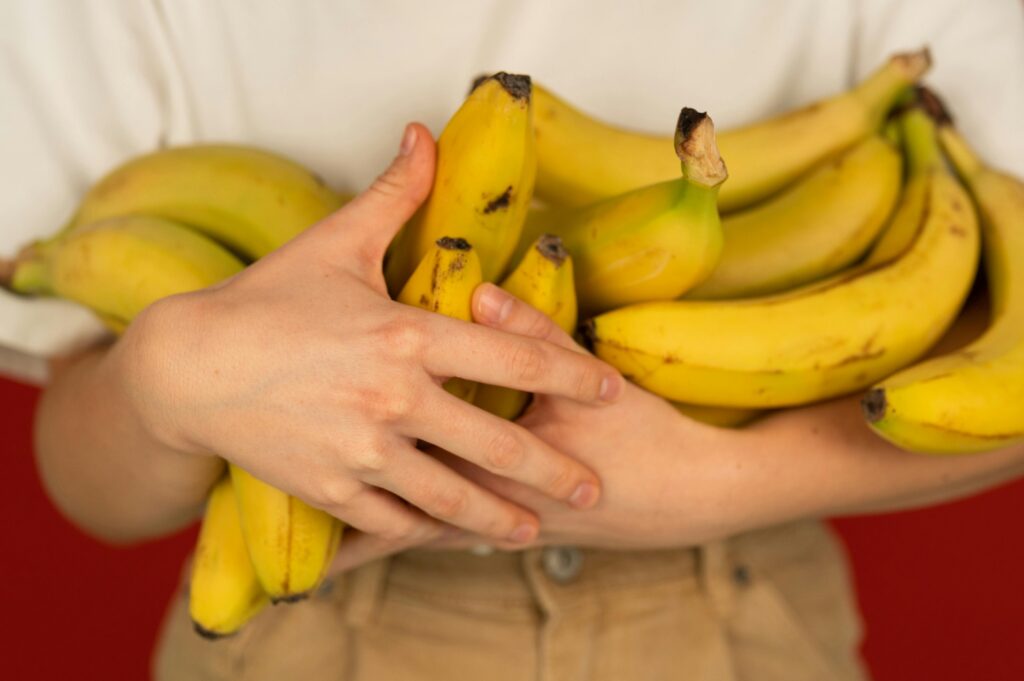
Experts emphasize that while the research surrounding bananas and cancer prevention is promising, it remains incomplete. Much of the evidence comes from observational data, animal models, or laboratory experiments rather than large-scale human trials. Bananas should not be viewed as an alternative to medical treatment or a guaranteed safeguard against disease. However, the consistent link between high-fiber diets and lower cancer risk supports the idea that resistant starch and related compounds play a meaningful role in health maintenance.
Dr. Cody Watling of the University of Oxford has noted that the CAPP2 trial’s relatively small sample size and long follow-up period mean more studies are needed to confirm the findings. Similarly, Dr. Corinne Joshu of Johns Hopkins University has emphasized that while resistant starch may help those with genetic predispositions, its impact on the wider population is still uncertain. Nonetheless, both researchers agree that the emerging data reinforces the importance of diets rich in fruits, vegetables, and natural fibers.
There is also a broader message in these findings about how science continues to rediscover the value of everyday foods. For generations, the connection between diet and disease was considered secondary to genetics or environment. Now, the convergence of nutritional science, microbiology, and genomics has revealed that what we eat shapes our biology in profound ways. The banana, humble and ubiquitous, offers a vivid example of this principle in action.
A Fruit Worth Paying Attention To
The story of the banana’s potential anticancer properties illustrates how ordinary foods can carry extraordinary biological significance. Green bananas, with their resistant starch, nurture the gut microbiome and appear to protect against certain hereditary cancers. As they ripen, bananas transform into sources of antioxidants and immune-activating compounds like TNF, which may further support the body’s natural defenses. Even overripe bananas, often destined for the compost bin, may hold hidden benefits that science is only beginning to understand.
What makes this research so compelling is its accessibility. Bananas are affordable, widely available, and safe for most people to consume. Incorporating them into the diet at various stages of ripeness provides a simple way to support digestive and metabolic health. While no single food can prevent cancer on its own, the banana stands as a reminder that the choices we make in our kitchens influence our biology in lasting ways. In a world searching for complex solutions to complex diseases, it is remarkable to consider that part of the answer may lie in something as simple as an overripe piece of fruit.
Loading...

